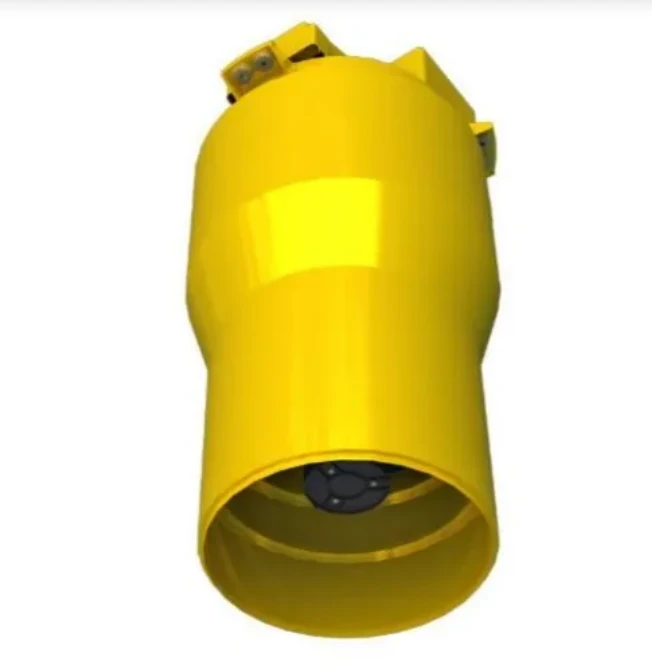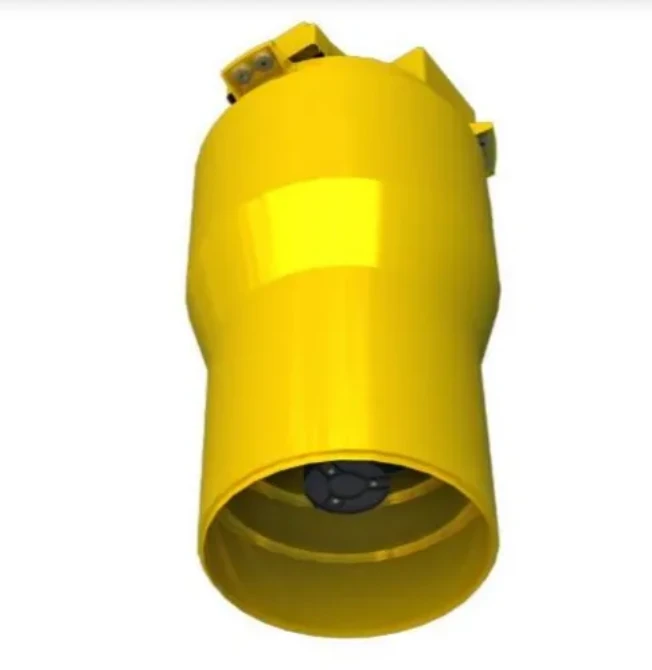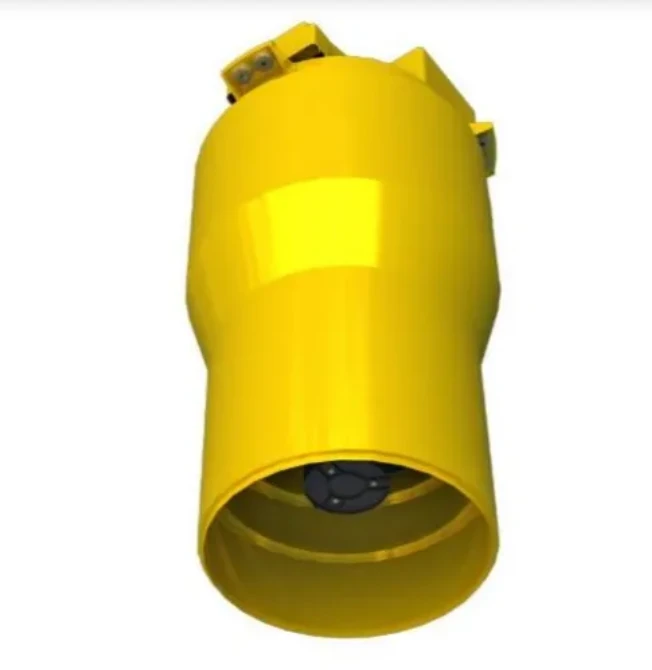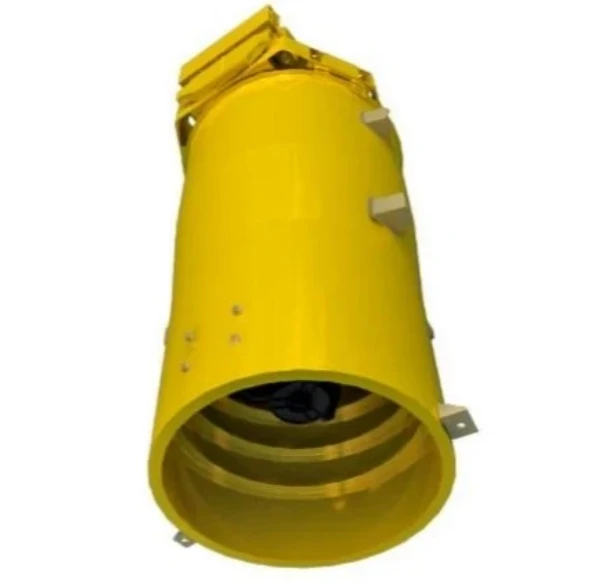
- Afrikaans
- Albanian
- Amharic
- Arabic
- Armenian
- Azerbaijani
- Basque
- Belarusian
- Bengali
- Bosnian
- Bulgarian
- Catalan
- Cebuano
- China
- Corsican
- Croatian
- Czech
- Danish
- Dutch
- English
- Esperanto
- Estonian
- Finnish
- French
- Frisian
- Galician
- Georgian
- German
- Greek
- Gujarati
- Haitian Creole
- hausa
- hawaiian
- Hebrew
- Hindi
- Miao
- Hungarian
- Icelandic
- igbo
- Indonesian
- irish
- Italian
- Japanese
- Javanese
- Kannada
- kazakh
- Khmer
- Rwandese
- Korean
- Kurdish
- Kyrgyz
- Lao
- Latin
- Latvian
- Lithuanian
- Luxembourgish
- Macedonian
- Malgashi
- Malay
- Malayalam
- Maltese
- Maori
- Marathi
- Mongolian
- Myanmar
- Nepali
- Norwegian
- Norwegian
- Occitan
- Pashto
- Persian
- Polish
- Portuguese
- Punjabi
- Romanian
- Russian
- Samoan
- Scottish Gaelic
- Serbian
- Sesotho
- Shona
- Sindhi
- Sinhala
- Slovak
- Slovenian
- Somali
- Spanish
- Sundanese
- Swahili
- Swedish
- Tagalog
- Tajik
- Tamil
- Tatar
- Telugu
- Thai
- Turkish
- Turkmen
- Ukrainian
- Urdu
- Uighur
- Uzbek
- Vietnamese
- Welsh
- Bantu
- Yiddish
- Yoruba
- Zulu
Exploring Methods to Access Real-Time Satellite Imagery
In the digital age, satellite imagery serves as a cornerstone for applications ranging from environmental monitoring to urban planning. Accessing real-time satellite images and most recent satellite images has become essential for decision-makers, researchers, and enthusiasts alike. This article delves into platforms, tools, and techniques to obtain the most up-to-date satellite images and enhance clarity, ensuring users can leverage these resources effectively.
Leveraging Government and Institutional Platforms for Real-Time Data
Government agencies and research institutions provide robust access to real-time satellite data through specialized portals. NASA’s Worldview, for instance, offers near-real-time global imagery updated within three hours of observation, covering environmental factors like air quality and wildfire activity. Users can interactively browse over 1,200 layers and download data directly, making it ideal for time-sensitive applications. Similarly, the USGS Earth Explorer grants access to historical and current Landsat data, Sentinel imagery, and declassified spy satellite photos, enabling detailed land-use analysis. These platforms are particularly valuable for researchers and professionals requiring the most up-to-date satellite images for scientific studies or disaster response.
Commercial Solutions for High-Frequency Imagery
Commercial providers like Planet Labs offer cutting-edge solutions for real-time satellite images and most recent satellite images. Planet’s API allows developers to programmatically access daily global imagery from its fleet of Dove satellites, with some datasets available within hours of capture. This is crucial for industries like agriculture and urban development, where daily updates are necessary to monitor crop health or construction progress. Additionally, platforms like Zoom Earth provide animated cloud cover maps and radar imagery updated every 10–15 minutes, focusing on weather-related real-time satellite images for storm tracking and climate analysis.
Enhancing Clarity with Advanced Tools and Algorithms
Achieving clear satellite images often involves post-processing techniques. Google Earth’s recent updates include AI-driven cloud-removal technology, which uses machine learning to enhance image clarity by reducing atmospheric interference. Similarly, satellite image super-resolution algorithms, such as those developed by Picasso AI, employ neural networks to upscale low-resolution images, revealing finer details like building structures and vegetation patterns. Tools like FlyPix AI and Mapflow.ai offer user-friendly interfaces for applying these algorithms, allowing even non-experts to improve clear satellite images for analysis.
Mobile Apps for On-the-Go Access
Mobile applications bridge the gap between desktop tools and fieldwork. The Real Earth app by SSEC provides access to over 600 real-time satellite products, including weather and environmental data, directly on smartphones. Google Earth’s mobile version allows users to explore historical imagery and toggle between 3D views, while apps like ISS Tracker specialize in tracking specific satellites, providing alerts for visible passes. These apps ensure users can retrieve most recent satellite images and real-time satellite images while on the move, enhancing flexibility in data-driven decision-making.
FAQ: Key Considerations for Satellite Imagery Access
How to Choose Between Free and Paid Satellite Imagery Sources?
Free platforms like NASA Worldview and USGS Earth Explorer are ideal for basic research and casual use, offering extensive datasets but limited support. Paid services such as Planet Labs or Maxar provide higher resolution, faster updates, and dedicated technical assistance, making them suitable for commercial applications requiring the most up-to-date satellite images. Assess your needs for resolution, frequency, and support before selecting a provider.
What Factors Affect the Latency of Real-Time Satellite Data?
Latency varies by satellite type and data processing workflows. Geostationary satellites (e.g., GOES) offer near-real-time updates (10–15 minutes), while polar-orbiting satellites may take hours to process and distribute data. Platforms like Zoom Earth minimize delays by prioritizing rapid data ingestion and visualization, ensuring real-time satellite images are accessible within 20–40 minutes of capture.
Can Historical Imagery Be Used to Improve Clarity of Recent Images?
Yes. Tools like Google Earth’s historical imagery feature allow users to compare current and past datasets, aiding in identifying changes and enhancing contextual understanding. Combining historical data with super-resolution algorithms can also fill in missing details in most recent satellite images, particularly in areas with limited cloud-free observations.
Are There Open-Source Tools for Processing Satellite Imagery?
Open-source options like QGIS and GDAL enable users to process and analyze satellite data without licensing costs. These tools support various formats and offer plugins for advanced tasks like NDVI calculation or change detection. For AI-driven enhancements, frameworks like TensorFlow and PyTorch can be customized to implement super-resolution models.
How to Ensure Data Security When Using Third-Party Platforms?
Prioritize platforms with encryption and secure data handling protocols, especially when dealing with sensitive information. Government and academic portals (e.g., NASA, USGS) adhere to strict security standards, while commercial providers like Planet Labs offer enterprise-grade solutions with data privacy guarantees. Always review terms of service and data usage policies before sharing proprietary information.
By integrating these methods and tools, users can efficiently access real-time satellite images, most recent satellite images, and clear satellite images, empowering them to make informed decisions across diverse industries.











